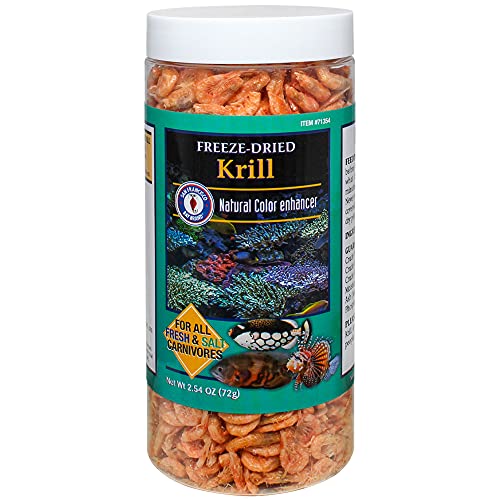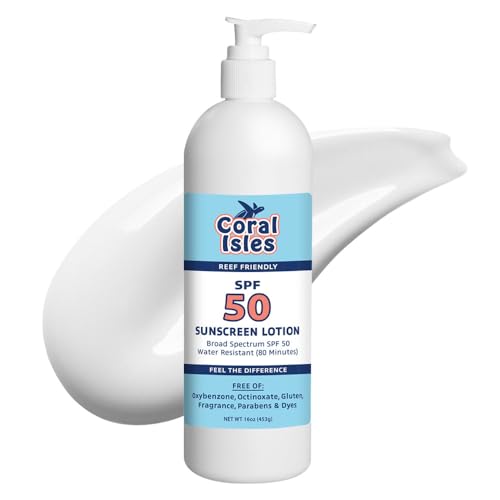Good reply Collin, allow me to play devils advocate.
On the skimmer it depends on how you run your skimmer. I personally run mine very wet and pull out alot of solids, in doing that you export all forms of P.
anyway just devils advocate
Mike
See I am on the line of thinking that a refugium with mud is yet another biological house of cards, just waiting for something to go wrong. Also with the use of calurpas you are introducing a whole new set of problems to the equation. With the use of mud you are also introducing a virtual stew of metals.I believe a refugium/with mud is an extremely important part of a good reef setup
See water changes really are not going to do very much for you if you have a sediment system. The entry point for folks that have dsb's are mainly from the sand itself as I discribed it above. Also the vast majority of P introduced through food and waste will not be helped by WC's. Where does the waste go?? where does the left over food go?? It goes to the sand bed and is taken up by the creatures that inhabit it. Once thier you can change water til you are blue in the face and you will not touch the sink you have created, unless you are changing the water in the bed.If we never did a water change and there was no algea or skimmers to take them out...they would build up forever
yep dead on, You end up getting a build up or bloom of bacteria and the byproducts they use to respire and reduce. Once the immediate food source is used up the bacteria naturally begin to die off, this die off allows all the nutrients and others to be released back into the bed. at this point cyano is usualy johnny on the spot and takes up the available nutrients and begins to bloom. Once again the food source will run out and the bacteria portion of the cycle begins again. As more and more food/waste enters the game the blooms get larger and larger. Water changes wont do anything to stop this. ALso you must add up the PO4 that is being released by bacterial action deep with in the bed, as this perculates up (through the migration of your sand bed critters) you add even more to the game.Well, phosphate is used in several vitally important aspects of cellular metabolism and growth.
Clean up crews dont really control algae. They eat it and then poop out 90% of what just went in, Now couple that with the algaes natural defence mechanisms to spore when attacked and you end up with another cycle. ALso grazers never completely remove thier food source. now that poop once again hits the bed and adds even more to the sink problem.My tank for instance, has no algea that is not well controlled by my cleanup crew.
Algae has weak cell structures and are very leaky. They uptake nutrients and P but they leak most back out, you still end up with net gain but introduce a toxic source you have no control over.Algea will use the widest variety of phosphate sources, whereas skimming will only take out the surface active ones.
On the skimmer it depends on how you run your skimmer. I personally run mine very wet and pull out alot of solids, in doing that you export all forms of P.
See I always get lost with this kind of stuff. Why would we need to sink it?? Everything we are trying to get rid of is associated with waste and left over food. Why would we want to sink it hen we can just remove it completly and skip the whole Aquarium Composting completely. When you remove the detritus you remove the Inorganic associated with the food, the organic P associated with the bacteria that are surrounding and reducing the food/waste. Will you remove it all, no but darn close and that is what LR is for (except LR doesnt sink it, it sheds it)So I will put forth my belief that a mud is a much more favorable sink for other types of unwanted toxins such as metals, poisonous organics etc
anyway just devils advocate
Mike




































































